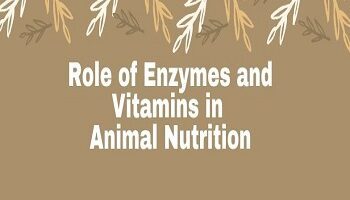Combined Gas Laws:
To arrive at a combined relationship between pressure, volume and temperature of a given mass of a gas, Boyle’s and Charle’s law are combined into one equation. The equation so obtained is called the Gas Equation or the Equation of State.
Let P1, V1, T1 be the original (initial) pressure, volume and temperature of a gas, respectively. Let the Pressure P1 change to P2, temperature T1 to T2 in two successive stages as the volume of gas changes from V1 to V2.
In the first stage, let us suppose that the volume changes from V1 to V (intermediate volume) when there is a change in pressure from P1 to P2 at constant temperature T1.
| According to Boyle’s Law- P1V1 = P2V or V = P1V1/P2 ……………..(I) |
In the second stage, when the pressure remains constant at P2, consider the change of temperature from T1 to T2 producing a change in volume from V to V2.
| According to Charle’s Law- V/T1 = V2/T2 or V = V2T1/T2 ……………………(II) |
Equating V from (I) and (II), we get-
| P1V1/P2 = V2T1/T2 or P1V1/T1 = P2V2/T2 ……………………(III) or PV/T = a constant ……………………(IV) |
Equation (III), called the gas equation, is very useful for the conversion of gas volume from one temperature and pressure to another.
The equation (IV) can be generalized in light of Avogadro’s law according to which the volume occupied by one gram molecule of every gas is the same under similar conditions of temperature and pressure.
Thus, for one gram molecule (i.e., 1 mole) of every gas, the expression PV/T must have the same value and the later is represented by R. ‘R’ is known as the molar gas constant. We may write now,
| PV/T = R (for 1 mole of a gas) or PV = RT (Gas Equation) For ‘n’ moles of a gas, the gas equation is written as- PV =nRT |
Numerical Value of R:
The numerical value of R is calculated by making use of the expression PV/T = R and taking an advantage of the fact that the volume occupied by 1 gram molecule of any gas at 0°C and 1 atmospheric pressure is 22.4 litres. It varies with the units in which pressure and volume are expressed.
- When the pressure is taken in atmospheres and the volume in litres-
| P = 1 atmosphere; V = 22.4 litres; T = 273 K R = PV/T = 1 x 22.4/273 = 0.0821 litre atmopshere per Kelvin per mole |
- In C.G.S. Units–
| P = 76 x 13.6 x 981 dynes/sq. cm; V = 22,400 cc; T = 273 K R = PV/T = 76 x 13.6 x 981 x 22400/273 = 8.314 x 107 ergs per Kelvin per mole |
- In S.I. Units–
| P = 1.0133 x 105 N/m2; V = 0.022414 m3; T = 273 K R = PV/T = 1.0133 x 105 x 0.022414/273 = 8.314 Joules per Kelvin per mole |









Comments (No)